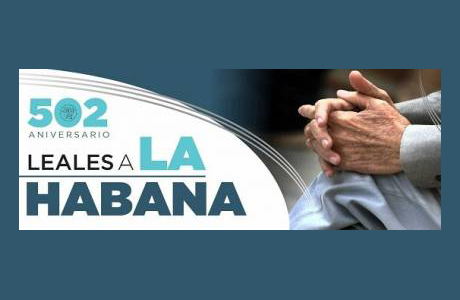Havana, Cuba: Popular tradition tells that under a ceiba tree near the former bay of Carenas the first council of the village of San Cristóbal de La Habana, current capital of Cuba, emerged 502 years ago today, Prensa Latina publishes.
Little more than a century later, that settlement would become the Key of the New World and Antemural of the West Indies by royal decree of the Spanish Crown (1634).
National historiography still debates about the true founding site of Havana; in fact, it is believed that between 1514 and 1515 there was already a town in the south of its current location.
The myth about the establishment on November 16, 1519 of the city reaches our days thanks to a column that the then governor of the island, Francisco Cagigal, ordered to be erected in the supposed place of the foundation.
In the plate of 1754 it is read that in the shadow of a ceiba tree, near the current Plaza de Armas, the first mass and the first town hall were held, a meeting that would bring order and authority.
In 1828 another governor, Francisco Dionisio Vives, ordered the construction of the Templete, a building that would protect the place and would be part of that founding tradition.
Havana resisted attacks of corsairs and pirates during the first half of the 16th century until in 1561 the Crown ordered that the Spanish ships from the American colonies (Fleet of the Indies) concentrate in its bay and therefore began its fortification.
On December 20, 1592, King Felipe II conferred on the village the title of city and displaced Santiago de Cuba as the capital.
In 1665 the Crown granted him the right to display its coat of arms, in which the fortresses of La Real Fuerza, El Morro and La Punta, which defended the place, were represented by three towers.
According to documentary sources, among the most important events of the city was its occupation by the English for 11 months (they returned it in exchange for Florida), the use of the railroad, the development of the sugar and tobacco industry, as well as the expansion beyond the original walls.
After 1902, under the influence of the United States, Havana grew into hotels, casinos and nightclubs run mostly by the mafia of the northern country that turned the island into the capital of gambling and corruption.
This reality changed after 1959 with the triumph of the Revolution and the socialist project that prioritized the development of education, public health and services.
The historic center of the city of Havana was declared a World Heritage Site by Unesco in 1982 and today it preserves most of its original buildings from the founding centuries.
In the urban landscape, the Cathedral of Havana, the Castillo del Morro, the Museum of the Revolution, the National Palace of Fine Arts, the Great Theater of Havana, the Capitol, the Plaza de la Revolución and the Malecón stand out as international symbols of the city.
In addition, it reaches its 502 years in the middle of national celebrations for the reopening of cultural and socio-economic spaces, the restart of international flights, the control of Covid-19 and the international Biennial that turns Havana into a great gallery of art.

